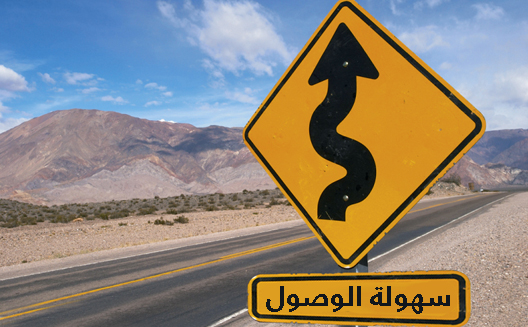Arabic SEO Part Two: Accessibility

 This piece is a follow-up to
“Arabic SEO:
Part One,” which gives a quick summary of how to optimize your
content in Arabic for search engines.
This piece is a follow-up to
“Arabic SEO:
Part One,” which gives a quick summary of how to optimize your
content in Arabic for search engines.
In this post, I will address the art of improving
your crawlability and indexation in Arabic to bring more users to
your site.
Accessibility: Crawlability and Indexation
Site accessibility and indexation is an important task in any SEO campaign, and monitoring it regularly is a must. Knowing how your site is being indexed and crawled will help you bring more traffic to your deep pages, help you generate more long tail traffic (in other words, bringing you more users who are looking at a few sites) and eventually improve your rankings.
To start, I should mention that generally, both Google and Bing have multiple
tools that you can use to assess your website indexation and
accessibility. I’ll introduce a few, but you may want to play
around with others on their sites.
Here are a few basic ways to increase accessibility:
Site Command
First, check the number of pages indexed in Google
via a simple site command (site: www.yoursite.com). This will
quickly alert you to any major problems.
Crawl Stats & Sitemap.xml
Another way to assess your crawlability is to go to Google Webmaster Tools (GWT) then Diagnostics > Crawl Errors > Crawl Stats.
If you see these numbers declining, it’s also worth going and checking your sitemap’s health to see if it has any errors. To do so, head to Diagnostics > Crawl Errors > Sitemaps.
URL Structure
One of the basics of implementing SEO is to have SEF
(Search Engine Friendly) URLs. For Arabic Sites, and this
based on my personal opinion, I would not
recommend that Arabic site owners convert their site URLs to
keyworded Arabic URLs, due to one important reason:
URLs are allowed only a certain set of english letter characters,
which includes the numbers, dashes, slashes, and the question mark.
All other characters have to be encoded, which applies to non-Latin
domain names. If you go to فنادق.com, you will notice that some
browsers will decode it and show you فنادق.com but some like Chrome will
show you something like this http://www.xnmgbq6cgr.com/.
So until all search engines have a better mechanism for dealing with non-Latin characters, I would steer away from Arabic letters in URLs.
Another possibility, if you don’t want to have your URLs in English, might be to structure your URLs through transliteration, using a tool like Yamli. For example: domain.com/فنادق-في-لبنان/ can be domain.com/fanadek-fi-loubnan/ instead.
Broken Links
It is very important that you make your site as
healthy as possible so that it can be crawled. Too many broken
links will make crawlers leave your site. To identify and fix these
issues follow these steps. In Google Webmaster Tools go to
Diagnostics > Crawl Errors à Tab 404 Errors.
Google Webmaster Tools will provide you with a list of URLs on your site that are broken. I advise that fix these links as soon as possible; you also may want to create a custom 404 Page in general, to give your site a personal touch.
I hope that these tips will further help your optimize your site for Arabic Content. In my next post, I will cover the issue of user trust, explaining how link building will boost your site’s perceived authority.


